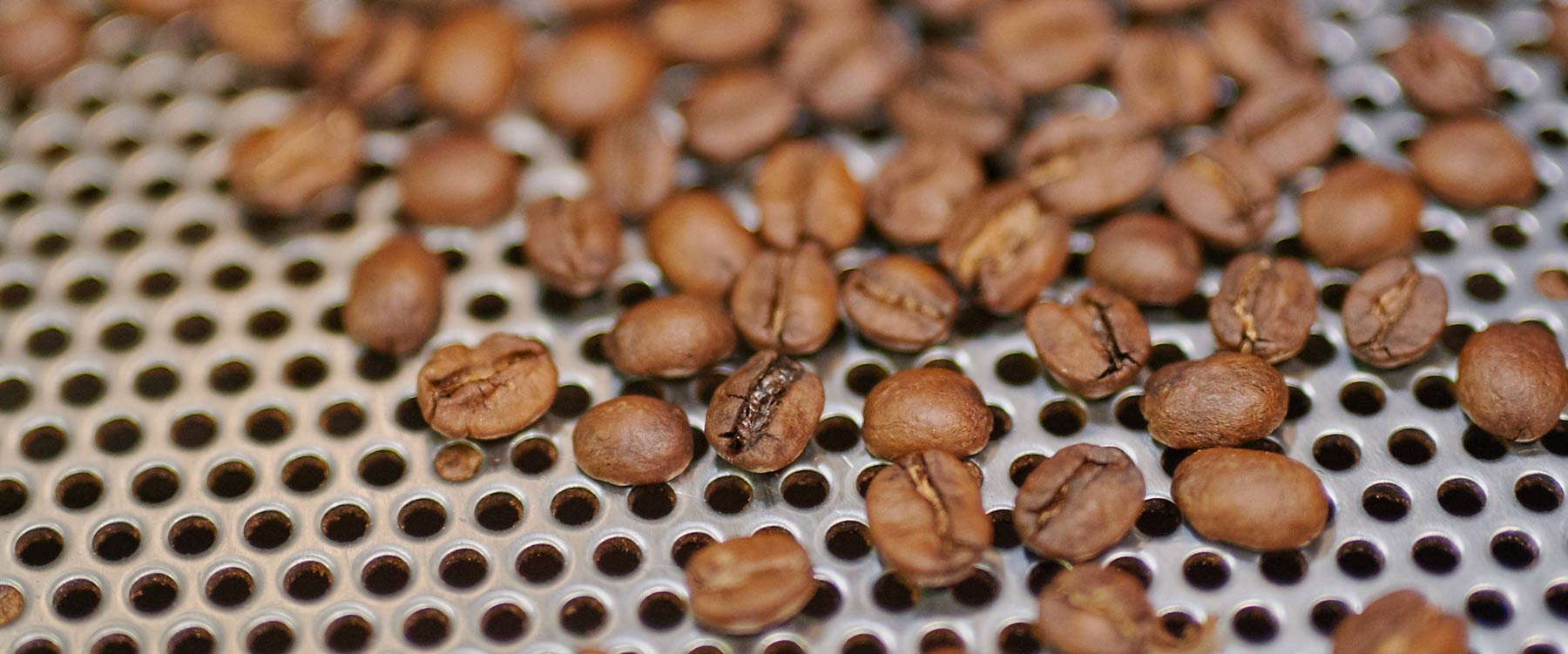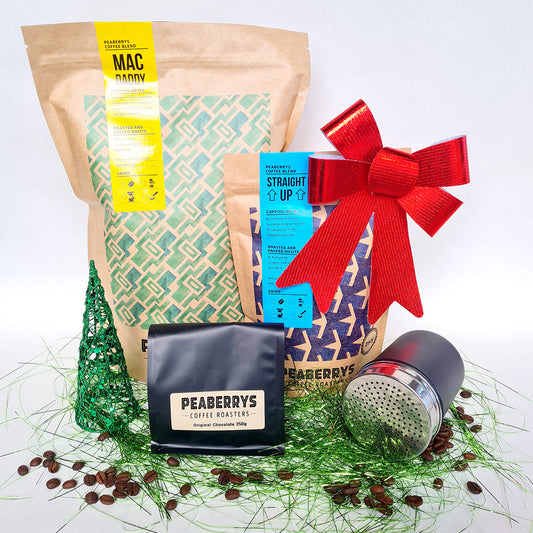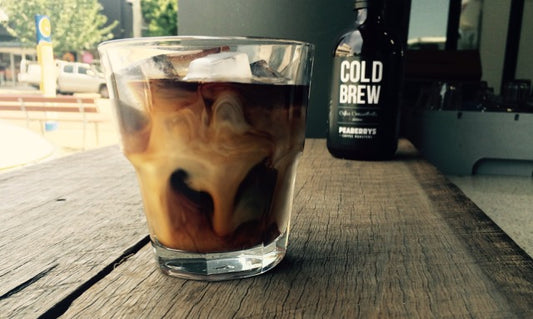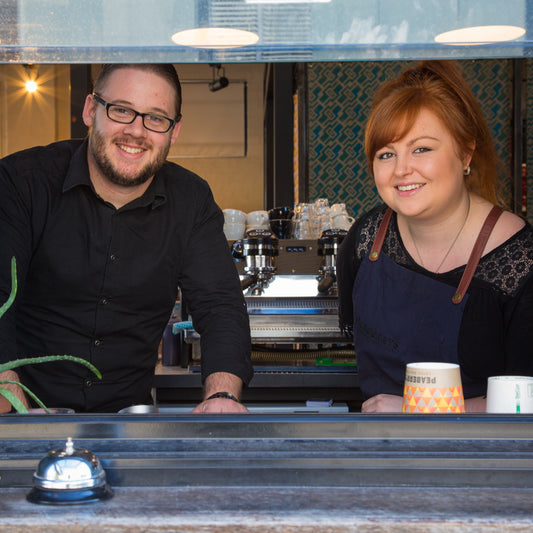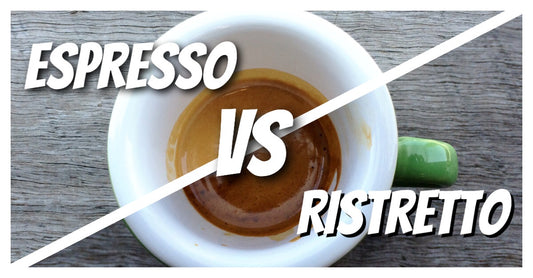Coffee roasting is a unique art that isn’t easy to pick up. In fact, it takes years to master the skill of consistently achieving the perfect cup of coffee.
Peaberrys Coffee Roasters has been roasting quality and delicious coffee for almost 20 years.
The technology available to help monitor and control the variables in coffee roasting has changed dramatically over that time. From the days when the craft of coffee roasting was based purely on manual tracking, there are now sophisticated tools at hand for coffee roasters to help monitor and perfect the roasting profile for every unique origin and blend.
While the craft has changed, the skillset, knowledge and experience needed certainly hasn’t.
I spent some time with Peaberrys Founder and Head Coffee Roaster, Adrian, to find out a little more about data-logging and how technology has evolved the craft of roasting coffee.
Adrian, tell us about coffee roasting back when you first started Peaberrys Coffee Roasters in 2000.
Coffee roasting in Peaberrys roastery has always been done by hand. When I first started roasting, we didn’t have computer software and data-logging to help monitor the roast degree. Instead I would track the batch of coffee I was roasting on a piece of paper so I could monitor and record the roast temperature every 30 seconds or so and determine how quickly the roast was progressing. It was very much a manual process.
How has that changed with the introduction of data-logging for coffee roasting?
We’re constantly upgrading and innovating the way we roast coffee so we can continue to offer our customers the best coffee moment every time.
Today we’re armed with the latest, real-time data-logging software that allows us to automatically track the roasting profile. This allows us to see how quickly the roast is progressing and better control the environment for the beans and to meet our roasting goal.
Data-logging tracks elements like the temperature of the roasting environment, the speed of the air being introduced into the roasting drum, and the duration of the roast. These references are automatically logged every 10 to 30 seconds. This basically allows the roaster to pay more attention to what’s going on with the roast itself, rather than tracking data on a piece of paper.
So data-logging lets you monitor and control the coffee roasting environment more efficiently?
Exactly. It allows us to monitor the rate of change or rise (how fast the temperature is rising) in the roasting drum.
The plotting of temperatures performed by the data-logging software for each blend or single origin creates a roasting curve (similar to Nike’s iconic ‘tick’). While we test roast every bean that comes through our doors (even if we’ve roasted that same single origin previously), having the roast profiles on hand allows us to refer back to noteworthy roasts and identify how these were created.
The whole process is still very sensory and skill based, it just helps us to guarantee a perfectly roasted cup of coffee every time.
If you’d like to find out more about roasting coffee, drop in to our coffee cellar door to have a chat to our team or see us in action.

